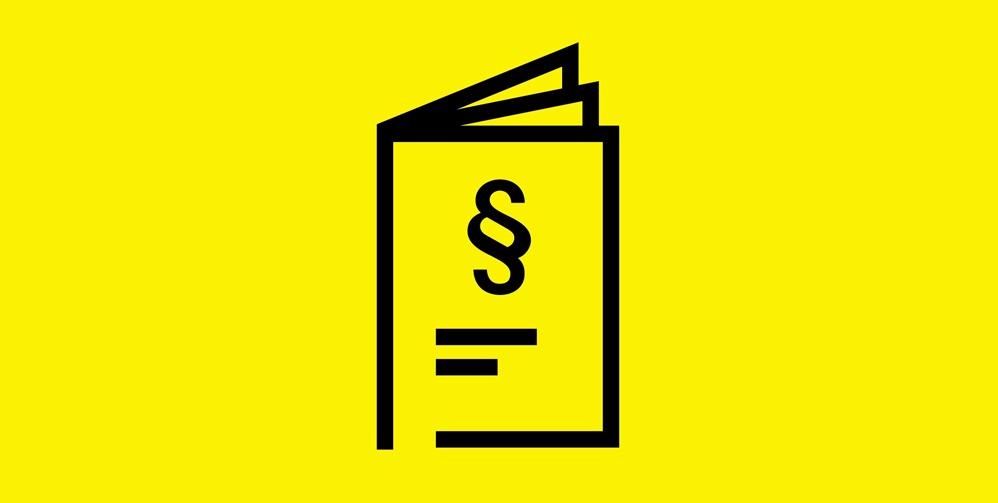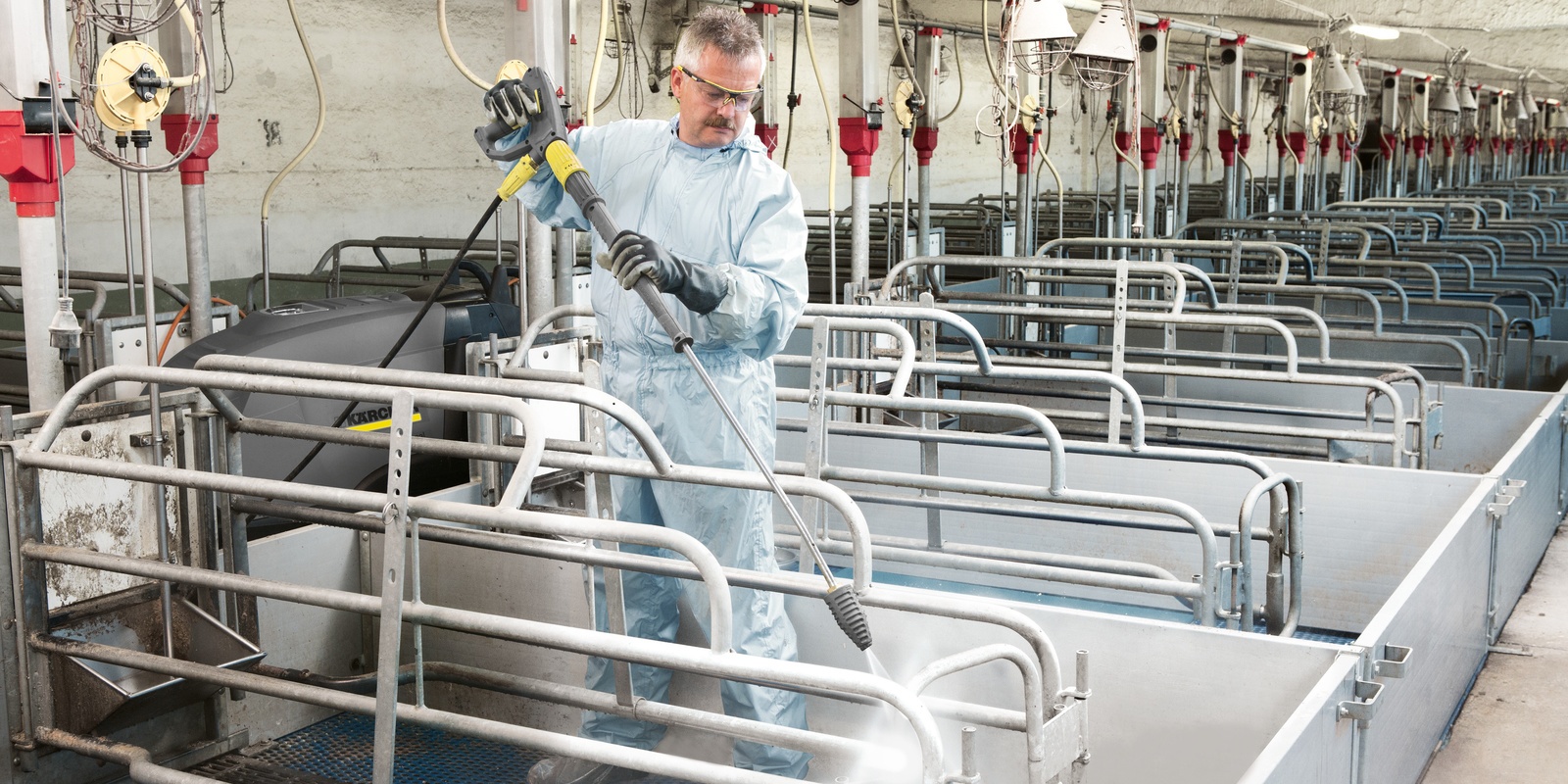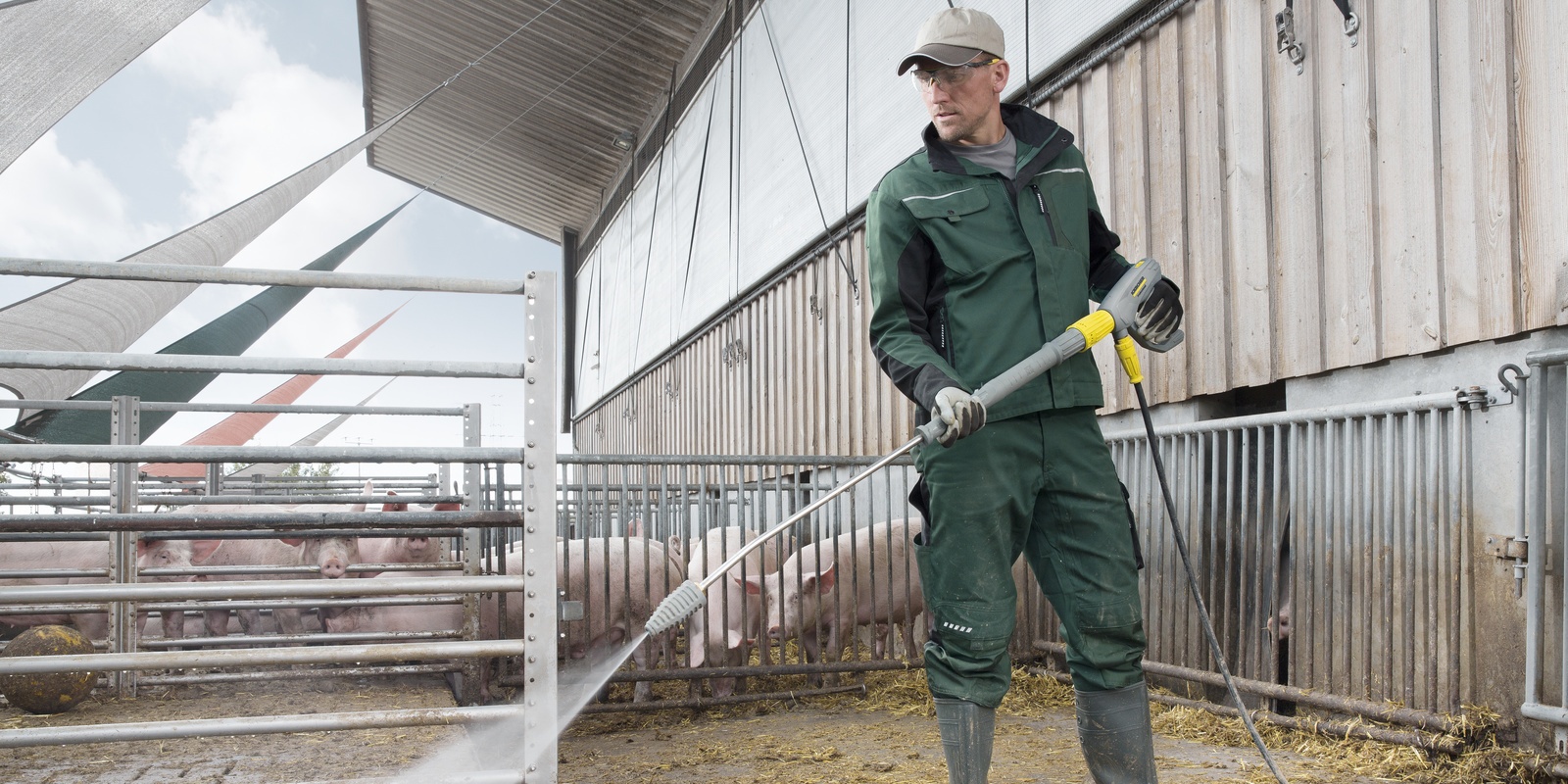African swine fever: Prevention through cleaning
With the outbreak of African swine fever (ASF) in Belgium, the virus has reached central Europe. Cases have long been known in some parts of eastern Europe, Sardinia, parts of Africa and China. The possibility of the disease being introduced into other central European countries as a result of holiday travel, hunting tourism or the transport of goods and animals can therefore no longer be excluded. Proper cleaning on the farm allows farmers to make an important contribution to protecting their livestock.

Protection through uncompromising hygiene
African swine fever (ASF) is a serious viral infection that affects only wild and domestic swine and can be fatal to them. The spread of African swine fever virus is often caused by the careless disposal of contaminated food waste. Uncompromising hygiene on the farm is an indispensable prerequisite for effectively protecting livestocks against the virus. The following steps should be taken to prevent the disease outbreak:

Step 1: Checking the organisation of the farm
In principle, it is absolutely essential to strictly follow the EU regulations on biosafety (Animal feed hygiene (EC 183/2005), Food hygiene (EC 852/2004), Food safety (EC 178/2002), Animal health law (EU 2016/429)).
In consultation with the farm vet, it is important to prevent the known transmission paths, i.e. contact to persons, animal feed, contaminated food, food and slaughterhouse waste, but also manure, equipment and vehicles (e.g. livestock transporters). Clothing must also be taken into consideration.
In practice, this means checking the organisation of the farm so that, if necessary, access restrictions to the sheds, the planning of and compliance with designated access and exit routes, fences for strictly ensuring that wild pigs are kept away, and the storage of animal feed and equipment can be adapted.

Step 2: Checking the hygiene work
In addition, the hygiene work itself must be checked, and if necessary the cleaning in the shed units and associated rooms carried out, e.g. by means of the strict separation into black and white areas.
This separation into a dirty black area and a clean white area results not only in the strict adherence to regulations on showers and clothes changing for shed visitors and employees (as well as for the facility manager's family), but also the consistent cleaning of both areas in the sequence white before black. In this connection, in the white area the use of wet and dry vacuum cleaners and steam cleaners can significantly increase the effectiveness of the cleaning of walls, floors and wet areas, as well as objects such as lockers and shoes, and also considerably reduce the work time.

Step 3: Documentation of all measures
The documentation of all measures ensures a high degree of transparency and comprehensibility. Furthermore, it provides an overview in order to keep effort and expenditure under control even with high biosafety standards, while still guaranteeing optimum protection of the pigs on the farm.
ASF-Prevention at one glance

Improved results with hot water high-pressure cleaners
The use of hot-water high-pressure cleaners improves the result by up to 40 per cent, with the warmth accelerating the drying process of the cleaned areas. The time thus saved can be used, among other things, for the consistent repair of small cracks, gaps or holes in order to eliminate sources of contamination for bacteria and viruses. Rodents and other germ carriers are also kept outside. They should also be routinely combated outside the sheds as a precautionary measure. This additionally contributes to the interruption of the chains of infection.

Requirements for the use of mobile high-pressure cleaners
The high level of biosafety that is ensured with stationary high-pressure cleaners that are permanently installed at a single location can also be achieved for mobile machines. For this purpose, the mobile high-pressure cleaner must always be kept outdoors or in the anteroom of the shed unit in order to prevent contact with the germs in the shed. As with the other tools in the facility, for each shed unit a hose and trigger gun with lance must be separately available. Here, it is important that in the case of hose lengths of over 60 m the hose diameter is checked and adjusted as necessary in order to prevent pressure losses.

